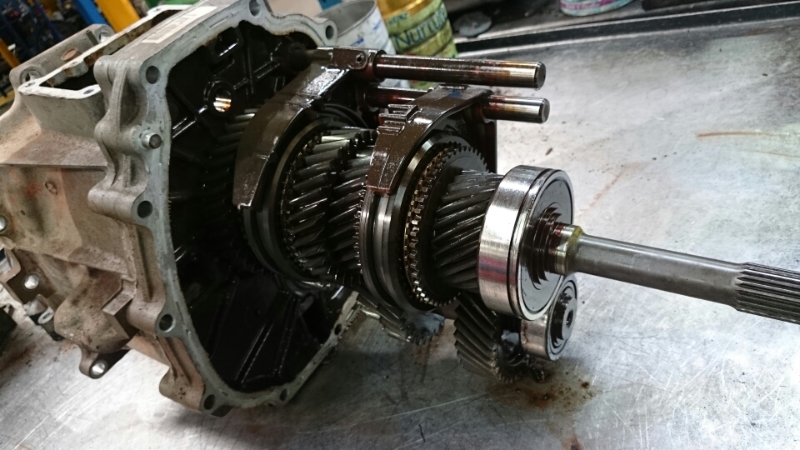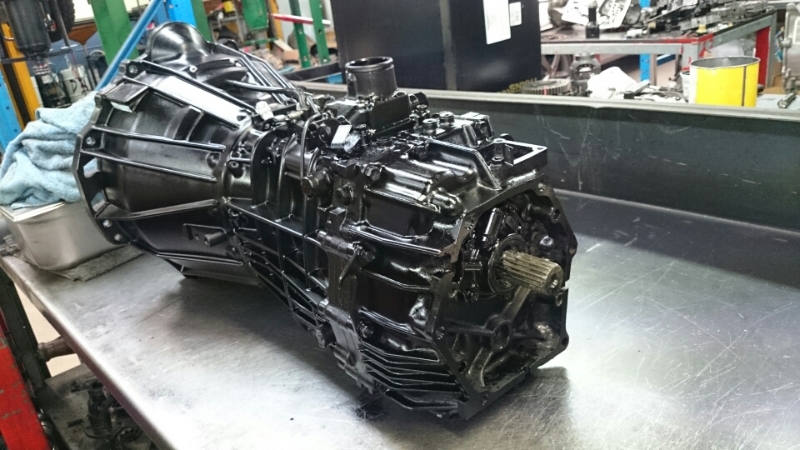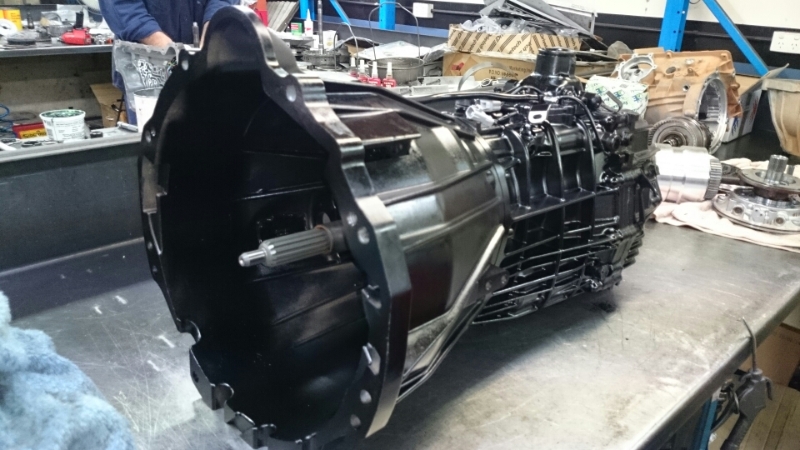Perth Manual Transmissions
At Automatic Transmissions R Us, we not only specialise in automatic transmissions but also pride ourselves on being Perth’s leading independent manual transmission specialists.
With over 20 years of experience, we’ve built a reputation for our unwavering commitment to delivering unparalleled, top-quality manual gearbox services at competitive prices.
Our team of highly trained technicians use only the latest state-of-the-art diagnostic equipment to ensure your vehicle receives the best possible care. From simple servicing to clutch replacements and gearbox repairs, our team can handle it all with precision and efficiency. We even offer same-day clutch fittings for your convenience.
Whether you need a basic service, a repair or a rebuild, we know you’ll be happy with our level of professionalism and our strong manual transmission knowledge. No matter the make or model, new or old, you can trust that Automatic Transmissions R Us will get you back on the road, fast!
For all manual transmission enquiries, contact the Auto Trans R Us team today!
Due to a high volume of service bookings, our current lead time is approximately 4 weeks. All service bookings will require the vehicle for a full day from 8am, no exceptions.




FAQs
A manual transmission, also known as a manual gearbox or standard transmission, is a type of transmission system used in vehicles that requires the driver to manually change gears using a gear stick and clutch pedal. This type of transmission is commonly found in modern passenger cars, trucks, and four-wheel drive vehicles.
Unlike automatic transmissions, which handle gear changes automatically, manual transmissions offer better fuel efficiency, increased driver engagement, and a lower cost of ownership. Drivers who prefer a more hands-on driving experience often choose manual transmissions for the control and connection they provide with the vehicle.
Have a question?
